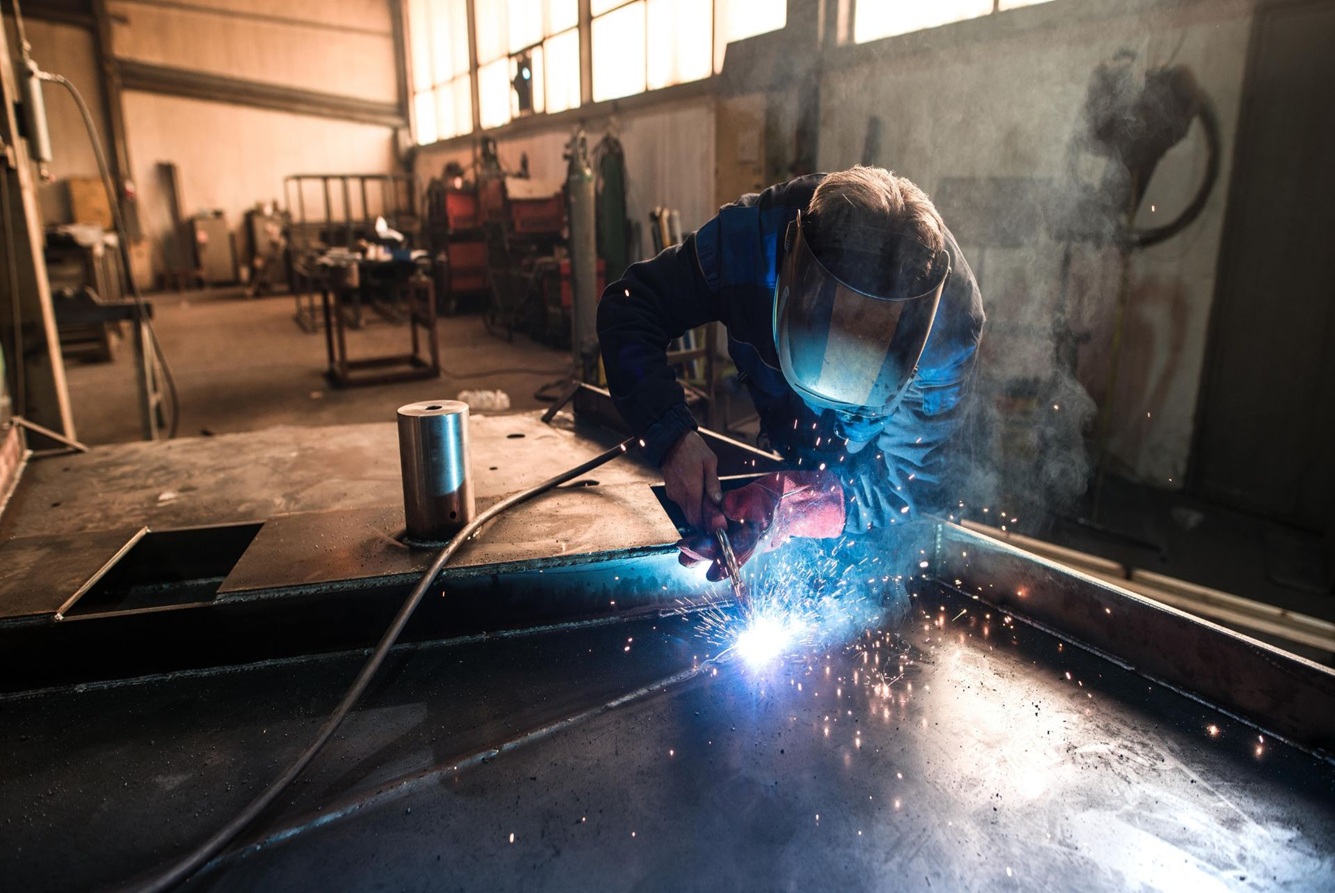

Sheet metal bending is a crucial method that eliminates the need for welding the metal where it isn’t needed. It is the process of bending metal sheets, pipes, bars, or other products in a controlled manner, which renders it useful for further processing.
Many industries use it for different purposes. However, bending sheet metal comes with its challenges. If you are not a professional, you might be worried about why you cannot achieve the correct bends.
This blog explores the common metal bending challenges that one might face and the professional solutions to overcome these problems.
If you still can’t bend the metal correctly, visit New Mexico Metals LLC today!
One of the most prevalent challenges that everyone commonly faces is material springback. It’s the condition when the material tries to return to its original shape. As soon as you remove it from under the bending machine, the material slowly starts to jump back. You can witness it by bending a thin metal piece and get firsthand experience of material springback. In industries, there is no room for inaccuracies in the final product that the springback may cause.
The best way to deal with springback is to bend the metal beyond the required bending angle. It ensures that even after springback, the material’s final bend aligns with the specifications. Plus, professionals use advanced bending machines and equipment that exercise precise control over the bending angles and minimize springback to a significant extent.
It might crack when the material is too hard or bent with extreme force without taking appropriate measures. Cracking is one of the most common issues, especially with inexperienced and DIY attempts. Cracking means the metal’s structural integrity is compromised and might become unsuitable for use.
Metal bending requires knowledge and skills. The first step of metal bending that professionals take very seriously is determining the bend radius, depending on the metal’s hardness, strength, and other properties. Annealing is the next step where the metal is softened before bending. In some cases, heat is also applied to the metal to stop cracking.
Metal wrinkling is not common in industrial applications, but it is another problem during metal bending. It occurs due to insufficient thickness or improper metal bending technique. It results in an uneven, rippled surface along the bend.
Professionals use correct tooling and equipment, such as V-dies with an appropriate opening size, to mitigate wrinkling. Using adequate blank holder force also ensures a smooth, wrinkle-free bend.
The most common problem of manual bending operations is inconsistency in maintaining bend angles across thousands of metal products. Variations can lead to assembly issues and reduced product quality.
Professionals today are inclined towards using CNC machines known for their precision and consistency. Even millions of similar products can be created without deviation, which is a significant benefit.
The lack of such advanced machines for beginners results in inconsistency. Thus, it is advised that you visit New Mexico Metals LLC for any metal bending needs.
In sheet metal bending, creating intricate and complex shapes is challenging, considering the material can crack or deform. When you are working with custom metal bending projects then it poses a distinct challenge.
Using advanced machines and tools, professionals define an accurate bending sequence. They leverage multi-axis bending machines capable of performing complex bends with high precision. As for custom projects, specialized machines might be required.
Variation in metal sheet thickness also poses challenges to product uniformity.
As professionals advise, sheet metal should be inspected first to detect any thickness variations. As professionals, we recommend using only graded quality material to ensure uniform thickness.
Every project has a distinct metal requirement, and choosing the wrong metal type or grade can lead to challenges and difficulties for the entire project. It also creates problems in sheet metal bending, causing excessive tool wear.
One must have an in-depth knowledge of the metals and their properties to discuss the project needs and help choose the right metal and grade type. Factors such as tensile strength, ductility, and corrosion resistance should be considered before finalizing the metal.
Sheet metal bending is a complex process with various challenges. However, no amount of challenges deter professionals from achieving perfection. To ensure your project’s success, be it a small one or an industrial need, you must choose expert sheet metal bending services.
If you’re looking for reliable sheet metal bending services or a stainless steel pipe bender, contact us at New Mexico Metals LLC. Our experience, knowledge, and reliability are known in Albuquerque because we take pride in delivering on our promises.
For quality metal bending services, reach out to us today!